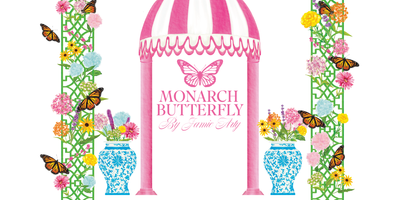
Maltese Cross
- Free worldwide shipping
- In stock, ready to ship
- Inventory on the way
ABOUT YOUR SEED:
Life Cycle: Perennial
Sow: Maltese Cross seeds can be sown directly in the garden in the spring or fall. They can also be started indoors 6-8 weeks before the last expected frost for earlier blooms.
USDA Zones: Maltese Cross is well-suited to USDA Zones 3-8.
US Regions: Maltese Cross can be grown in various regions across the United States, primarily in zones 3-8.
Stratification: Maltese Cross seeds do not require stratification.
Germination Ease: Easy. Maltese Cross seeds typically have good germination rates.
Sunlight: Full sun. Maltese Cross thrives in full sunlight.
Height: Maltese Cross typically reaches a height of about 2 to 3 feet (approximately 0.6 to 0.9 meters).
Color: The flowers of Maltese Cross are typically bright red and create a striking display.
Bloom Season: Maltese Cross generally blooms in late spring to early summer, providing vibrant clusters of red flowers.
Uses: Maltese Cross is a popular perennial plant used in gardens and landscapes for its bold, bright red flowers. It's often grown in flower beds, borders, and cottage gardens, adding vibrant color and attracting pollinators.
Description: Maltese Cross (Lychnis chalcedonica) is a perennial flowering plant known for its bold and vibrant clusters of bright red flowers. It's a popular choice in gardens and landscapes, particularly in zones 3-8. Maltese Cross can be sown directly in the garden in the spring or fall, or started indoors for earlier blooms.
This plant typically reaches a height of about 2 to 3 feet and produces striking red flowers. The bloom season extends from late spring to early summer, providing vibrant and eye-catching displays in the garden. Maltese Cross is often grown in flower beds, borders, and cottage gardens for its brilliant red color and attractive appearance.
Aside from its ornamental value, Maltese Cross also attracts pollinators like bees and butterflies, making it a valuable addition to wildlife-friendly gardens. Its bold and vivid red flowers are a visual treat and can create a striking contrast in the garden landscape.


